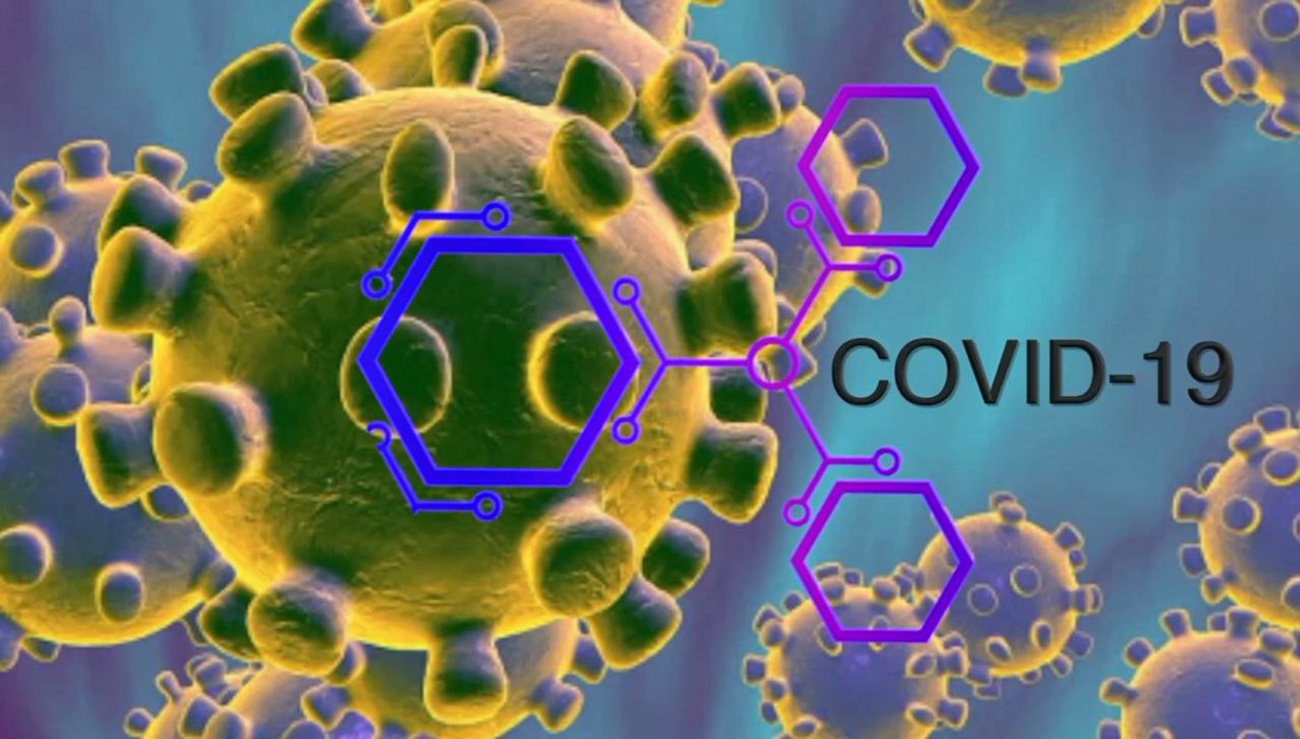
Density Functionalized Drug-Surfactant Interaction of Aqueous SDS-Tartrazine
Abstract:
Study of molecular density theory is considered nowadays as a powerful tool to speculate various physical and chemical properties of materials. Herein, we report the theoretical inference of associated changes in chemical properties of sodium dodecyl sulphate and tartrazine when allowed to go through pre- and post-micellization phenomena. Because of the involvement of the two compounds in manifold industrial applications, the study reflects some important conclusions of drug-surfactant chemistry. The computational work involves the use of Polarizable Continuum Model (PCM), water as solvent and 631g(d,p) basis set with B3LYP as functional. Each molecule was run individually first to arrive at an optimized structure followed by a final optimization of assumed network (mesh of proposed binary mixture) to visualize the changes that occur on combination. Each set of energy minimal calculation was then run for frequency calculation, electronic spectral evaluation and molecular natural population analysis. Molecular electrostatic potential surfaces were discussed in linking the appropriate hydrophobic and hydrophilic interaction.
References:
Abu-Hamdiyyah, M., & Al-Mansour, L. (1979). Effect of Butylurea on the Critical Micelle Concentration of Sodium Lauryl Sulfate in Water at Different Temperatures. Journal of Physical Chemistry, (83), 2236–2243. http://doi.org/10.1021/j100480a011.
Ali, A., Patel, R., Shahjahan., & Tasneem, S. (2009). Volumetric, Viscometric, and Refractive Index Studies of Some a-Amino acids in Aqueous Tartrazine at Different Temperatures. Polish Journal of Chemistry, (83), 1353–1363. http://www.ichf.edu.pl/pjch/pj-2009/pj-2009-07a.pdf.
Al-Shabib, M., & Al-Mansour, L. (1979). Effect of Butylurea on the Critical Micelle Concentration of Sodium Lauryl Sulfate in Water at Different Temperatures. Journal of Physical Chemistry, (83), 2236–2243. http://doi.org/10.1021/j100480a011.
Al-Shabib, N. A., Khan, J. M., Khan, M. S., Ali, M. S., Al-Senaidy, A. M., Al-Senaidy, M. A., Husain, F. M., & Al-Lohedan, H. A. (2017). Low Concentrations of Sodium Dodecyl Sulfate Induce the Extension of β2-Microglobulin-Related Amyloid Fibrils at a Neutral pH. International Journal of Biological Macromolecules, (98), 277–286. https://doi.org/10.1016/j.ijbiomac.2017.01.097.
Al-Shabib, N. A., Khan, J. M., Malik, A., Al-Senaidy, A. M., Al-Senaidy, M. A., Husain, F. M., Shamsi, M. B., Hidayathulla, S., & Khan, R. H. (2017). Negatively charged food additive dye “Allura Red” rapidly induces SDS-soluble amyloid fibril in beta-lactoglobulin protein. International Journal of Biological Macromolecules, (107), 1706–1716. https://doi.org/10.1016/j.ijbiomac.2017.10.032.
Frisch, M. J., Trucks, G. W., Schlegel, H. B., et al. GAUSSIAN 09 (Revision C.01), Gaussian, Inc., Wallingford CT., (2010).
GaussView 5.0, Gaussian Inc., Garnegie office. Park. Pittsburgh. PA, USA.
Ghoreishi, S. M., Behpour, M., & Farssami, A.G. (2007). Study of Interaction Between a Cationic Surfactant and Two Anionic Azo Dyes Technique and Spectrophotometry. Dyes and Pigments, (74), 589– 595. https://doi.org/10.1016/j.dyepig.2006.03.023.
Gracia, M. E. D., & Medel, A. S. (1986). Dye-Surfactant Interactions. Talanta, (33), 255–264. https://doi.org/10.1016/0039-9140(86)80060-1.
Mir, J. M., & Itoo, F. A. (2017). Experimental-DFT Interface of Hydrogen Bonding Description of 1:10 methanol-water Solution. Journal of Molecular Liquids, (247) 1-5. https://doi.org/10.1016/j.molliq.2017.09.094 and references therein.
Mir, J. M., Jain, Maurya, R. C., & Vishwakarma, P. K. (2017). Corrosion resistance and thermal behaviour of acetylacetonato-oxoperoxomolybdenum(VI) complex of maltol: Experimental and DFT studies. Karbala International Journal of Modern Science, (3) 153-164. https://doi.org/10.1016/j.kijoms.2017.08.006.
Mir, J. M., Jain, N., Jaget, P. S., & Maurya, R. C. (2017). Density functionalized [RuII(NO)(Salen)(Cl)] complex: Computational Photodynamics and in vitro Anticancer Facets. Photodiagnosis and Photodynamic therapy. (19) 363–374. https://doi.org/10.1016/j.pdpdt.2017.07.006.
Paul, B. C., Islam, S. S., & Ismail, K. (1998). Effect of Acetate and Propionate Co-ions on the Micellization of Sodium Dodecyl Sulfate in Water. Journal of Physical Chemistry. B. (102) 7807-7812. https://doi.org/10.1021/jp9812381.
Ray, G. B., Goash, S., & Moulik, S. P. (2009). Physicochemical Studies on the Interfacial and Bulk Behaviors of Sodium N-Dodecanoyl Sarcosinate (SDS). Journal of Surfactants and Detergents, (12), 131–143. http://doi.org/10.1007/s11743008-1105-3.
Saeed, R., Usman, M., Mansha, A., Rasool, N., Naqvi, S.A.R, Zahoor, A. F., Abdur Rahman, H. F., Rana, U. A., & Al-Zahrani, E. (2017). Partitioning of Structurally Related Thiophene Derivatives between Solvent and Micellar Media of Anionic Surfactant Sodium Dodecyl Sulphate. Colloids and Surfaces A: Physicochemical and Engineering Aspects, (512), 51– 60. https://doi.org/10.1016/j.colsurfa.2016.10.016.
Shaikh, S. M. T., Seetharamappa, J., Kadangal, P. B., Manjunatha, D. H., & Ashoka, S. (2007). Spectroscopic Investigations on the Mechanism of Interaction of Bioactive Dye with Bovine Serum Albumin. Dyes and Pigments, (74), 665–671. https://doi.org/10.1016/j.dyepig.2006.04.010.
Yamamoto, S., Hasegawa, K., Yamaguchi, I., Tsutsumi, S., Kardos, J., Goto, Y., Gejyo, F., & Naiki, H. (2004). Low Concentrations of Sodium Dodecyl Sulfate Induce the Extension of β2-Microglobulin-Related Amyloid Fibrils at a Neutral pH. Biochemistry, (43), 11075–11082. http://doi.org/10.1021/bi049262u




